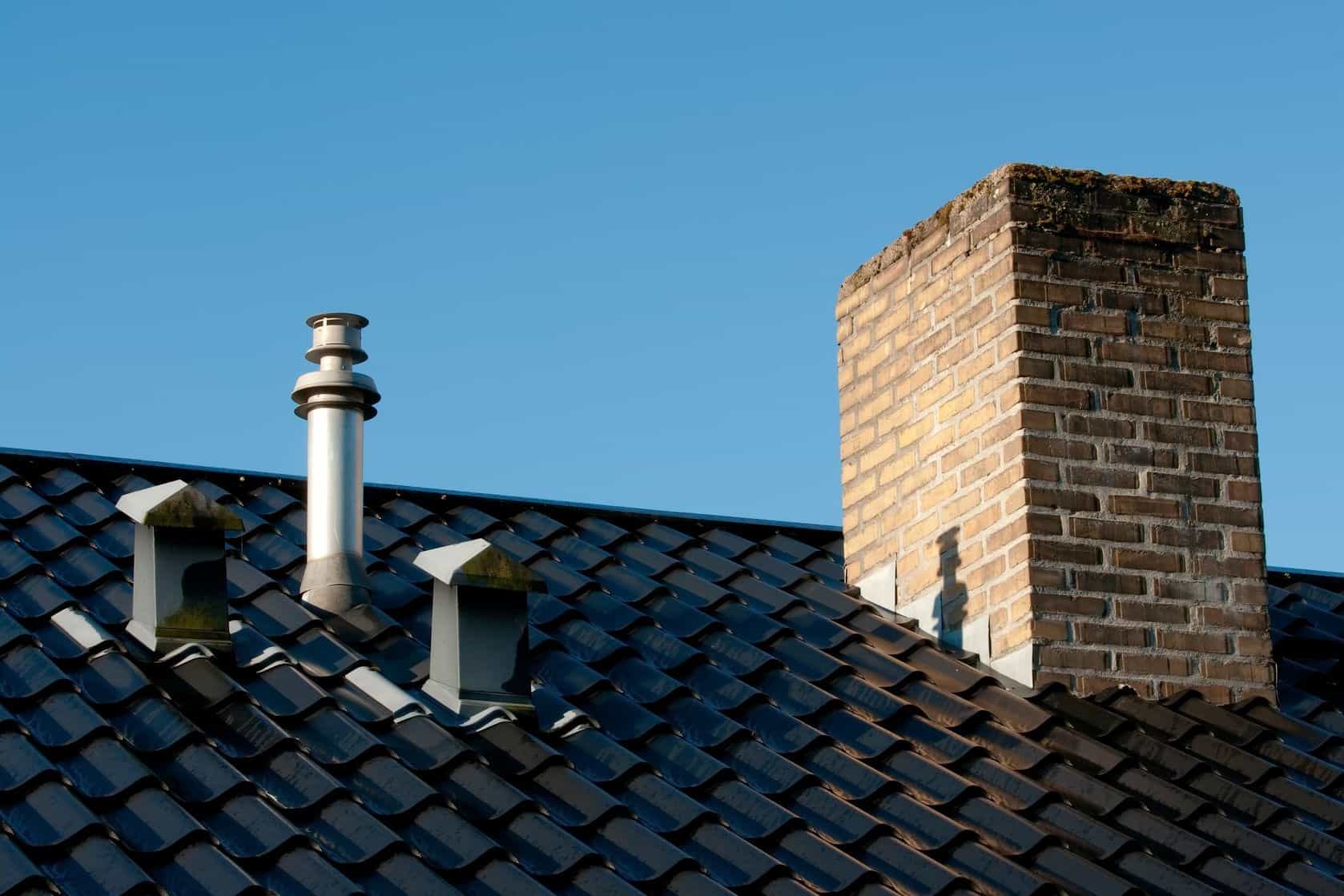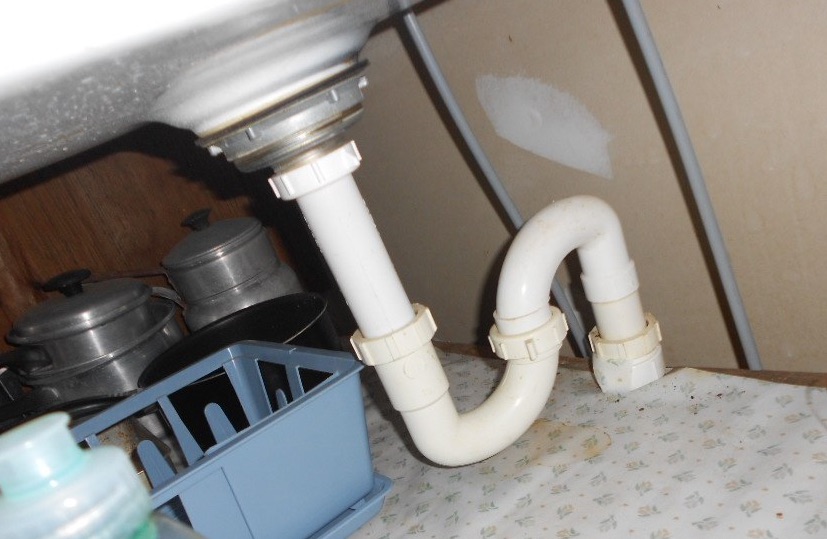They are making a number of great points related to Essential Plumbing Vent Pipes: Understanding Their Role as a whole in the content which follows.

Correct air flow in pipes systems is commonly forgotten, yet it is important for maintaining the functionality and security of your home's pipes. Air flow assists regulate air pressure, protect against the accumulation of harmful gases, and guarantee the efficient removal of waste. In this overview, we will explore the relevance of proper pipes ventilation, just how it works, and the benefits it offers your plumbing system.
Recognizing Ventilation in Pipes
Ventilation in pipes describes the network of pipes that enable air to stream via the drain system. These vents offer multiple objectives, including regulating air pressure within the pipelines, protecting against sewage system gases from entering the home, and assisting in the smooth flow of wastewater.
Exactly How Ventilation Functions in Pipes Systems
Atmospheric Pressure Guideline
Proper air flow preserves well balanced air pressure within the pipes system. When water flows with pipes, it displaces air. Without sufficient air flow, this displacement can produce unfavorable stress, bring about reduce drains pipes or siphoning of water from traps, which can create unpleasant smells to leak into the home.
Preventing Sewer Gas Build-up
One of one of the most important features of plumbing vents is to avoid drain gases, such as methane and hydrogen sulfide, from gathering within the home. These gases can present severe health threats and are highly flammable. Vent pipelines allow these gases to get away securely outside.
Aiding in Waste Removal
Air flow aids in the effective removal of wastewater by protecting against airlocks in the drainage system. When air can move openly through the vents, it enables water and waste to stream efficiently with the pipelines, minimizing the risk of blockages and backups.
Kinds Of Pipes Vents
Key Stack Vent
The primary pile vent, also known as the vent stack, is the main air vent in a plumbing system. It expands from the primary drainpipe line up with the roof, permitting gases to escape and fresh air to go into the system.
Branch Vent
Branch vents attach to the main pile air vent and serve individual components, such as sinks, toilets, and showers. These vents make certain that each component has adequate ventilation to work appropriately.
Air Admittance Valve (AAV).
An Air Admission Shutoff (AAV) is a one-way valve that permits air to enter the plumbing system without the requirement for a typical air vent pipeline prolonging with the roofing. AAVs are generally made use of in improvements or locations where setting up a conventional air vent is impractical.
Signs of Poor Air Flow in Plumbing.
Slow Draining Fixtures.
If your sinks, bathtubs, or bathrooms are draining slowly, maybe a sign of bad ventilation. Inadequate air circulation can develop a vacuum impact, making it tough for water to drain appropriately.
Gurgling Appears.
Gurgling noises coming from drains pipes are often a result of air being drawn with water traps as a result of negative stress in the pipes. This is a clear sign of inadequate air flow.
Undesirable Smells.
Drain odors inside your home are a red flag that your plumbing system is not effectively ventilated. This might imply that drain gases are not being properly aired vent outside, leading to possibly unsafe conditions.
Common Air Flow Errors.
Poor Vent Sizing.
Using small air vent pipelines can cause poor air flow and stress imbalances in the system. It's vital to make use of vents that fulfill the certain needs of your pipes system.
Improper Vent Positioning.
Putting vents also much from the components they serve can reduce their efficiency. Appropriate positioning makes certain that air can flow openly and efficiently with the system.
Ignoring Code Demands.
Building codes offer details standards for plumbing air flow. Neglecting these codes can result in a system that stops working to function correctly and might bring about expensive repair work or carcinogen.
Advantages of Proper Ventilation.
Enhanced System Performance.
Correctly ventilated plumbing systems operate a lot more efficiently, with fewer clogs, faster draining pipes, and much less pressure on the pipes. This performance prolongs the life-span of the plumbing system.
Improved Air Top Quality.
By avoiding sewage system gases from entering your home, proper air flow adds to much better interior air top quality, making your living environment healthier and much more comfy.
Protecting Against Water Damage.
Appropriate air flow aids stop water from being siphoned out of catches, which can lead to sewer gases getting in the home and triggering water damages with time.
Actions to Make Sure Proper Ventilation.
Consulting Pipes Codes.
Always get in touch with regional plumbing codes when developing or changing your plumbing system. These codes supply the essential standards for appropriate airing vent and ensure your system meets safety and security standards.
Regular Evaluation and Maintenance.
Regular assessments can assist identify prospective ventilation problems before they become significant issues. Upkeep jobs, such as cleaning up vent pipes and looking for blockages, are necessary for maintaining the system in good working order.
Specialist Installment.
For new installments or major modifications, it's wise to employ a specialist plumbing technician. They have the knowledge to guarantee the ventilation system is properly made and installed according to code.
Verdict.
Appropriate ventilation is an important element of any pipes system, guaranteeing that it operates successfully and securely. By comprehending the importance of air flow, identifying the signs of bad ventilation, and taking actions to maintain your system, you can stop pricey concerns and safeguard your home's air quality.
4 Things You Should Know About Your Plumbing Vents
What Plumbing Vents Are
Also called a vent stack, a plumbing vent is a vertical pipe attached to your drain line that runs through your roof. The plumbing vent pipe, or plumbing air vent, removes gas and odors from your plumbing system and allows fresh air to enter the pipes, helping the water to flow out of the drain pipes.
What Plumbing Vents Do
Plumbing vents have two basic functions. One of which is to allow unpleasant smelling wastewater and sewer gasses to escape your plumbing system instead of entering your home. Plumbing vent pipes are typically located on roofs, away from windows, to ensure the fumes exit the home completely.
The other function of the plumbing vent is to move fresh air into your plumbing system. This helps move water through every plumbing fixture in your house, like toilets and sink drains. Think of the way in which you need to let a little air into the bottle as you pour soda in order to make the drink flow smoothly.
Different Types of Plumbing Vents
- True vent: This is the most common vent option. In simplest terms, a true vent is a vertical pipe attached to your drain line that exits through the roof. They often function as the main vent that other fixtures can connect to.
- Re-vent pipe or auxiliary vent: Attached to the drain line near specific plumbing fixtures, re-vent pipes run up and over to connect to the main vent.
- Common vent: Two plumbing fixtures installed on opposite sides of a wall are typically tied into the vent stack using something known as a sanitary cross.
- Wet vent: This venting option operates as a drain pipe and a vent at the same time. Wet vent drainage systems drain water from one fixture while venting the air from another. Although they’ve been used for over 100 years, wet vent systems have only recently been added to the plumbing code in many areas. If you’re planning on installing one in a bathroom remodel, make sure you check your local code prior to construction.
- Loop vent: For free-standing fixtures like kitchen island sinks, loop vents are ideal. These vent pipes run under the floor, rise from the P-trap, and create a loop inside the cabinet sink.
- Air admittance valve: An AAV is a one-way mechanical valve typically installed at the site of the plumbing fixture. AAVs allow venting to occur without having to tie into a larger venting system. They’re ideal for venting fixtures where you aren’t able to easily connect to an existing vent system.
Common Plumbing Vent Issues
Although vent pipes typically don’t have water flowing through them, they’re still subject to many typical plumbing issues. For example, clogs are one of the most common problems associated with sewer vent pipes. If your vent pipe gets clogged, all of your plumbing fixtures tied into the vent stack will be affected.
A sink with a slow drain that bubbles and gurgles or a strong sewage smell around your toilet are both indicators that your toilet vent pipe is clogged. Because most vent pipes exit through the roof, old leaves, twigs or even a bird’s nest could be clogging the pipe.
Clogs in your vent pipe system cause a buildup of negative pressure, meaning that water won’t be able to flow out of your home very well. It’s similar to putting your finger over the opening of a straw to trap water inside. When you remove your finger, the water is able to flow out of the straw.
If you suspect you have any blockage in your vent, make sure you have a professional come examine the situation. Left unchecked, a blocked air vent can lead to other costly repairs, like leaks and sediment buildup.
Under Pressure
Pipe vents are essential aspects of a home’s plumbing system. Owning a home means learning about all sorts of things you never put much thought into before. But by understanding as much as you can about the important systems of your home, you can keep those budgets intact and those anxiety levels low.
https://www.homeserve.com/en-us/blog/home-improvement/plumbing-vents/

I was guided to that report on What Is A Plumbing Vent & How Do They Work? through someone on a different web property. Do you know somebody who is interested by What Is A Plumbing Vent & How Do They Work?? Do not hesitate to promote it. We value reading our article about What Are Plumbing Vents and Why Are They Important?.
Go Deal
Comments on “Understanding The Value of Adequate Ventilation in Plumbing Systems”